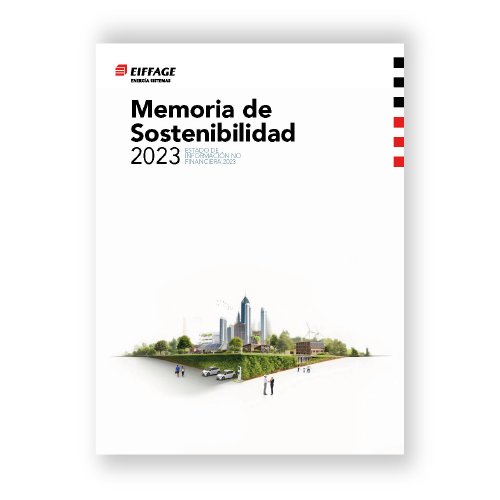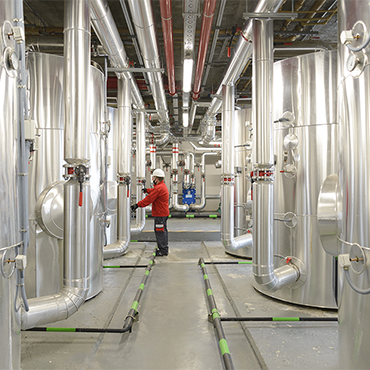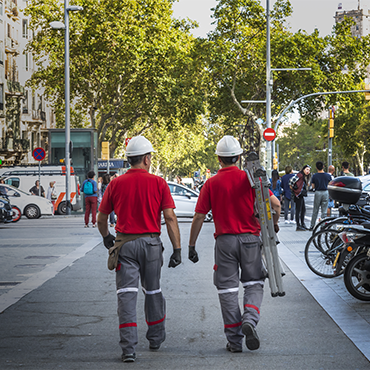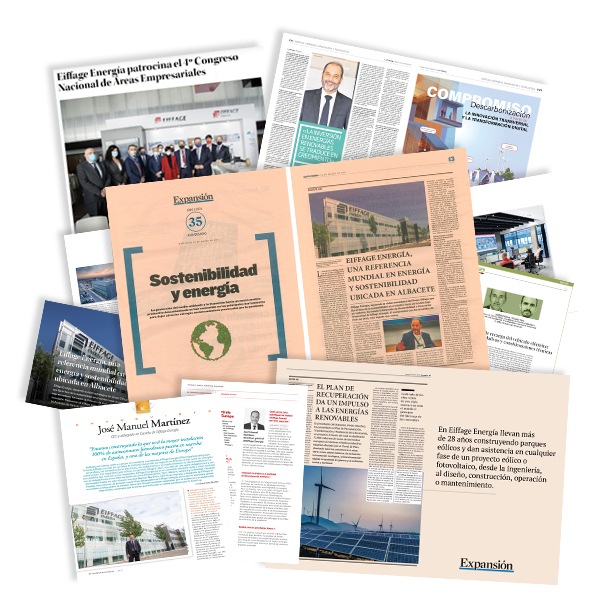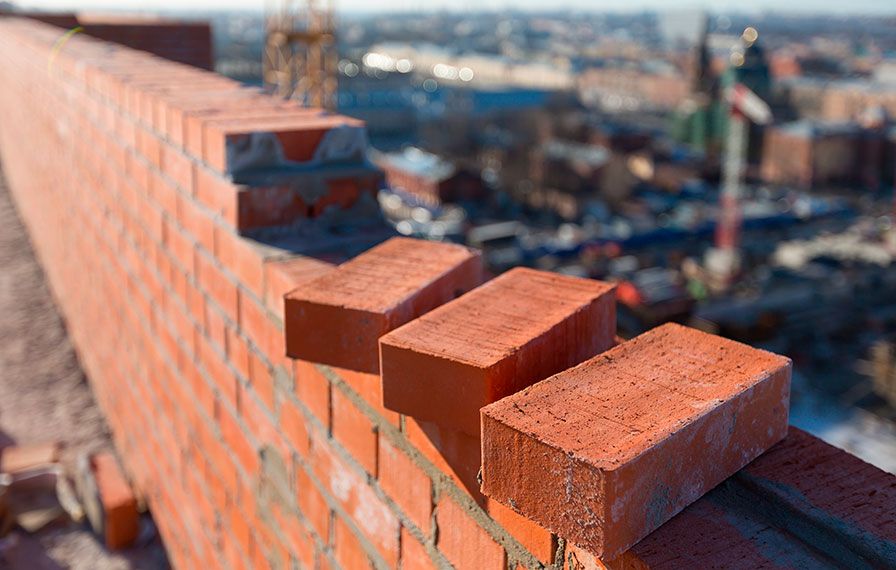It is said that in life one has to adapt or perish. The construction industry, which has made many changes throughout history, seems to have chosen the first option, and is currently preparing, lead by Science, to pass on to a new level as far as materials are concerned.
So, wood, cement, brick or concrete will, in the coming years, give way to other derivative materials on which researchers around the world work tirelessly and, which will achieve that buildings in the future be more efficient and sustainable.
Involved in this are the researchers from the KTH Royal Institute of Technology in Stockholm, for example, who have developed a new material that promises to revolutionise architecture. This material is Optically Transparent Wood (TW), which by a process that chemically removes the lignin from the wood, makes this become very pale. Thus, the mechanical properties of the wood are maintained of light weight but great strength, lower density and low thermal conductivity.
From transparent wood we move on to Hydroceramics, a material comprised of bubbles of hydrogel capable of retaining up to 400 times their volume in water, a property thanks to which the spheres absorb the liquid, and on hot days, evaporate their contents, reducing the temperature of spaces and, in the future, may replace air conditioning.
Meanwhile, researchers at the Royal Melbourne Institute of Technology have developed a technique for making bricks with cigarette butts. This team found that making mud bricks with 1% of cigarette butts could offset the annual world production of cigarettes and also make a more efficient and lightweight brick.
In Mexico, the Mexican scientist Jose Carlos Rubio Ávalos, through a process of polycondensation of raw materials such as silica, industrial waste, alkalis and water, has been able to change the optical characteristics of cement in making it fluorescent. The finished cement is charged with natural or artificial light and then, in the dark, emits this light for up to 12 hours. This invention could change the lives of those who do not have access to mains electricity.
Get to know Eiffage Enería’s work in Civil Works and Construction.
Sources: LosAndes / CTE Arquitectura

